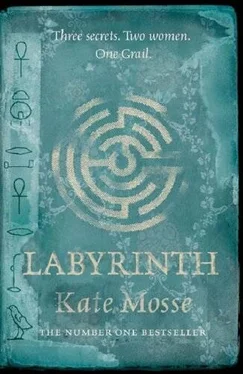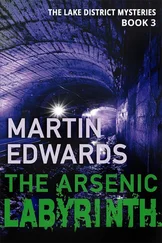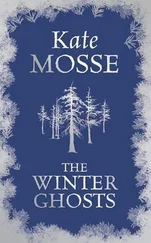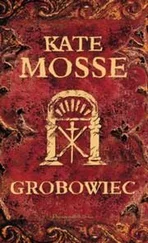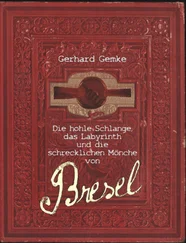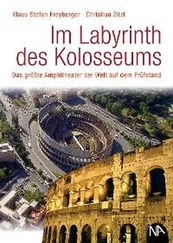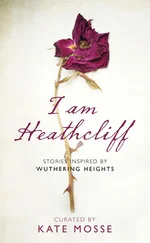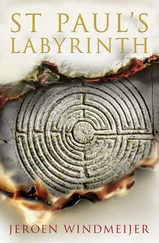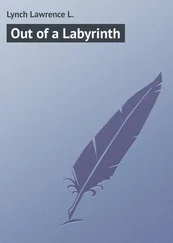You brought this on yourself.
She peered at herself in the small mirror that hung from the tent post. A small, heart-shaped face with intelligent brown eyes stared back at her. Beneath the freckles and tanned skin, she was pale. She looked a mess. Her hair was full of dust and there were smears of dried blood down the front of her top.
All she wanted was to go back to her hotel in Foix, toss her filthy clothes in the wash and take a long, cool shower. Then, she’d go down to the square, order a bottle of wine and not move for the rest of the day.
And not think about what happened.
There didn’t seem much chance of that.
The police had arrived half an hour ago. In the car park below a line of white and blue official vehicles was lined up next to the more battered Citroens and Renaults of the archeologists. It was like an invasion.
Alice had assumed they would deal with her first, but apart from confirming that it was she who’d found the skeletons and saying they’d need to interview her in due course, the police had left her alone. No one else had come near. Alice sympathized. All this noise and mess and disruption was down to her. There wasn’t much anyone could say. Of Shelagh there’d been no sign.
The presence of the police had changed the character of the camp. There seemed to be dozens of them, all in pale blue shirts and knee-length black boots, with guns at their hips, swarming all over the mountainside like wasps, kicking up the dust and shouting instructions to one another in heavily accented French, too quick for her to follow.
They cordoned off the cave immediately, stretching a strip of plastic tape across the entrance. The noise of their activity carried in the still mountain air. Alice could hear the whir of the autowinding cameras competing with the cicadas.
Voices, carried on the breeze, floated up to her from the car park. Alice turned to see Dr. Brayling walking up the steps, accompanied by Shelagh and the heavily built police officer who appeared to be in charge.
“It’s obvious these skeletons cannot possibly be the two people you are looking for,” Dr. Brayling was insisting. “These bones are clearly hundreds of years old. When I notified the authorities, I never for a moment entertained the notion this would be the result.” He waved his hands around. “Have you any idea of the damage your people are doing? I can assure you, I am far from happy.”
Alice scrutinized the inspector, a short, dark, overweight middle-aged man, with more stomach than hair. He was breathless and clearly suffering in the heat. He was clutching a limp handkerchief, with which he wiped his face and neck with little effect. Even from this distance, Alice could see the circles of sweat under his armpits and on the cuffs of his shirt.
T apologize for the inconvenience, Monsieur le Directeur,“ he said in slow, courteous English. ”But since this is a private excavation, I’m sure you can explain the situation to your sponsors.“
“The fact we are fortunate enough to be funded by a private individual rather than an institution is neither here nor there. It’s the unwarranted suspension of work which is so aggravating, not to mention inconvenient. Our work here is highly important.”
“Dr. Brayling,” said Noubel, as if they had been having the same conversation for some time, “my hands are tied. We are in the middle of a murder enquiry. You have seen the posters of the two missing persons, out? So, inconvenient or no, until we have proved to our satisfaction that the bones you have found are not those of our missing persons, work will be suspended.”
“Don’t be a fool, Inspector. There can be no doubt the skeletons are hundreds of years old!”
“You have examined them?”
“Well, no,” he blustered. “Not properly, of course not. But it’s obvious. Your forensic people will bear me out.”
“I’m sure they will, Dr. Brayling but until then…” Noubel shrugged. “There is nothing more I can say.”
Shelagh stepped in. “We appreciate the position you’re in, Inspector, but can you at least give us any idea of when you might be through here?”
“ Bientot . Soon. I don’t make the rules.”
Dr. Brayling threw his hands in the air in frustration. “In which case, I shall be forced to go over your head to someone with authority! This is utterly ridiculous.”
“As you wish,” replied Noubel. “In the meantime, as well as the lady who found the bodies, I need a list of anyone else who went inside the cave. Once we have concluded our preliminary investigations, we will remove the bodies from the cave, then you and your staff will be free to go.”
Alice watched as the scene played itself out.
Brayling stalked off, Shelagh put her hand on the Inspector’s arm, then immediately withdrew it. They appeared to be talking. At one point, they turned and looked back toward the car park. Alice followed the line of their gaze, but saw nothing of interest.
Half an hour passed and still no one came near her.
Alice reached into her rucksack-brought down from the mountain by Stephen or Shelagh, she presumed-and pulled out a pencil and her drawing pad. She opened it at the first empty page.
Imagine yourself standing at the entrance, staring into the tunnel.
Alice closed her eyes and saw herself, fingers on either side of the narrow entrance. Smooth. The rock had been surprisingly smooth, as if it had been polished or worn away. A step forward, into the dark.
The ground sloped down.
Alice started to draw, working quickly now she’d fixed the dimensions of the space in her head. Tunnel, opening, chamber. On a second sheet, she drew the lower area, from the steps to the altar and the skeletons halfway between the two. Beside the sketch of the grave, she wrote a list of the objects: the knife, the leather pouch, the fragment of cloth, the ring. The face of the ring had been entirely smooth and flat, surprisingly thick, with a thin groove around the middle. Odd that the engraving was on the underside, where no one could see it. Only the person wearing it would know it was there. A replica in miniature of the labyrinth carved into the wall behind the altar.
Alice leaned back in her chair, somehow reluctant to commit the image to paper. How big? The diameter was nearly two meters maybe? More? How many circuits?
She drew a circle that filled most of the page, then stopped. How many lines? Alice knew she’d recognize the pattern again if she saw it, but since she’d only held the ring for a couple of seconds and seen the carving through the distant darkness it was hard to recall it precisely.
Somewhere in the rambling attic of her mind was the knowledge she needed. History and Latin lessons at school, curled up on the sofa with her parents watching documentaries on the BBC. In her bedroom, a little wooden bookcase with her favorite book on the bottom shelf. An illustrated encyclopedia of ancient myths, its glossy, garish pages grown dogeared at the edges where she had read it so often.
There was a picture of a labyrinth.
In her mind’s eye, Alice turned to the right page.
But it was different. She placed the remembered images side by side, like a spot-the-difference game in a newspaper.
She picked up the pencil and tried again, determined to make some progress. She drew another circle inside the first, trying to connect them together. No good. Her next attempt was no better, nor the one after. She realized it wasn’t only a question of how many rings there should be spiraling in toward the center, but more that there was something fundamentally wrong with her design.
Alice kept going, her initial excitement giving way to a dull frustration. The collection of scrunched-up balls of paper around her feet grew larger.
Читать дальше
